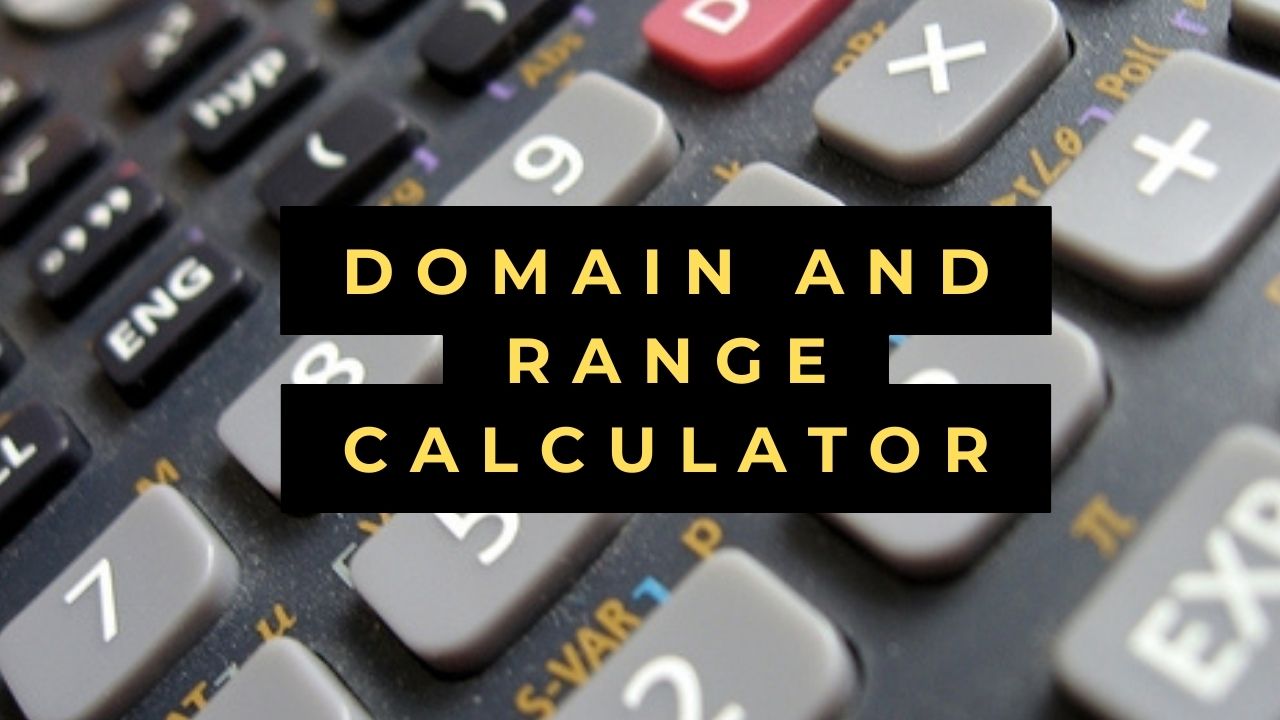Domain and Range Calculator
- Dividing Scientific Notation Calculator
- Dividing Polynomials Calculator
- Dividing Mixed Fractions Calculator
- Dividing Fractions Calculator
Domain and Range Calculator with Steps
Easily determine the domain and range of a function using the Domain and Range Calculator. Learn how to input functions, interpret results, and address common queries regarding domain and range. Simplify your calculations today!
Table of Contents
Domain And Range Calculator
Welcome to our Domain and Range Calculator guide. Understanding the domain and range of a function is crucial in mathematics and real-world applications. In this article, we’ll explore how to use the Domain and Range Calculator to determine the domain and range of functions, understand their significance, and address common questions to enhance your understanding.
Domain And Range Calculator Overview
Understanding Domain and Range
The domain of a function represents all possible input values for which the function is defined, while the range represents all possible output values. Determining the domain and range helps in understanding the behavior of functions and their limitations.
Importance of Domain and Range
Domain and range are important for several reasons:
- Function Definition: Provides information about where a function is defined and where it outputs values.
- Graphical Representation: Helps in visualizing the behavior of functions on graphs and understanding their characteristics.
- Problem Solving: Essential for solving equations, inequalities, and optimization problems involving functions.
How the Calculator Works
Our Domain and Range Calculator provides a user-friendly interface for determining the domain and range of functions. You can input the function expression, and the calculator will analyze it to compute the domain and range accordingly.
Step-by-Step Guide to Using the Calculator
- Enter Function: Input the function expression into the calculator.
- Calculate Domain: Click on the calculate button to determine the domain of the function.
- Calculate Range: Optionally, click on the calculate button again to determine the range of the function.
- Interpret Results: Review the domain and range provided by the calculator.
Practical Applications
Domain and range have practical applications in various fields:
- Engineering: Used to define the feasible input and output ranges for engineering systems and models.
- Physics: Applied in modeling physical phenomena and understanding the behavior of physical systems.
- Economics: Utilized in economic analysis to describe relationships between variables and constraints.
Advantages of Using the Calculator
- Accuracy: Provides accurate determination of domain and range based on the input function.
- Efficiency: Saves time and effort by automating the process of analyzing function behavior.
- Clarity: Offers clear and concise results, making it easier to interpret the domain and range of complex functions.
FAQs
Q: Can the Calculator handle functions with multiple variables?
A: The Calculator is designed to handle functions of one variable (univariate functions) for determining domain and range.
Q: What if the function has restrictions or limitations?
A: The Calculator will analyze the function expression and determine the largest set of input values for which the function is defined (domain) and the corresponding output values (range).
Q: How does the Calculator handle special functions or piecewise-defined functions?
A: The Calculator can handle a wide range of functions, including special functions and piecewise-defined functions, by analyzing their expressions and determining the domain and range accordingly.
Conclusion
In conclusion, the Domain and Range Calculator is a valuable tool for determining the domain and range of functions efficiently. By following the steps outlined in this guide and utilizing the calculator’s features, you can gain insight into the behavior of functions and their limitations.

